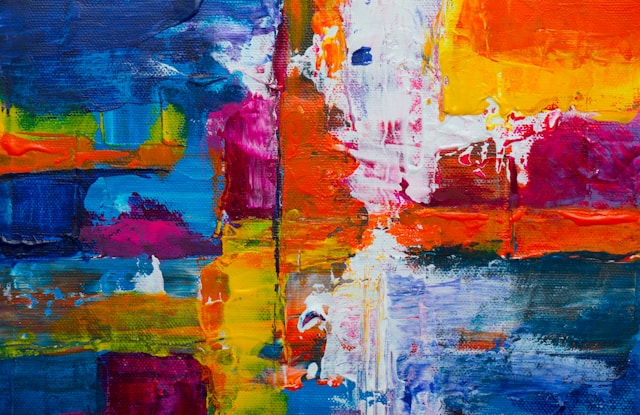
Exhibitions have long been a cornerstone of human culture, providing spaces for the display and dissemination of art, artifacts, and ideas. Over time, the design of these exhibitions has evolved significantly, reflecting changes in technology, audience expectations, and cultural trends. In recent decades, there has been a notable shift towards interactive experiences, transforming the way we engage with exhibitions.
Historical Roots
The roots of exhibition design can be traced back to ancient civilizations, where objects of cultural significance were displayed in temples, palaces, and public spaces. In the Renaissance era, the concept of the museum as we know it began to take shape, with collections of art and antiquities housed in purpose-built buildings. These early museums were characterized by static displays, with objects arranged in cabinets or on pedestals, inviting passive observation rather than active participation.
The Rise of Modern Exhibition Design
The 19th and 20th centuries saw significant advancements in exhibition design, driven by developments in architecture, lighting, and display techniques. The World’s Fairs of the 19th century showcased the latest innovations in technology and industry, with elaborate pavilions and immersive environments designed to awe and inspire visitors. Meanwhile, the rise of the modern museum saw a shift towards more curated and thematic exhibitions, with an emphasis on storytelling and educational engagement.
The Emergence of Interactive Experiences
In recent decades, there has been a growing emphasis on interactivity in exhibition design, driven in part by advancements in digital technology. Interactive exhibits allow visitors to actively engage with the content, whether through touchscreens, virtual reality, or hands-on activities. This shift towards experiential learning reflects a broader cultural trend towards participation and immersion, as audiences seek more engaging and memorable experiences. The degree of immersion at such exhibitions is comparable to playing live baccarat, when you, being anywhere, with the help of technology immerse yourself in a real casino and participate in the game.
One notable example of interactive exhibition design is the Exploratorium in San Francisco, which pioneered the use of hands-on exhibits to engage visitors in science and art. From simple experiments to complex installations, the Exploratorium encourages visitors to explore, experiment, and discover for themselves, fostering a sense of curiosity and wonder. Similarly, the Museum of Modern Art in New York has embraced interactive technology with its “Art Lab” exhibition, inviting visitors to create their own digital artworks using touchscreen displays.
Challenges and Opportunities:
While interactive experiences offer many benefits, they also present unique challenges for exhibition designers. Balancing accessibility, usability, and educational value can be a complex task, requiring careful planning and testing. Additionally, the rapid pace of technological change means that exhibitions must be designed with flexibility and adaptability in mind, to ensure that they remain relevant and engaging over time.
As technology continues to evolve, the possibilities for interactive exhibition design are virtually limitless. Augmented reality, artificial intelligence, and immersive multimedia experiences promise to revolutionize the way we engage with cultural artifacts and ideas. However, amidst all the excitement of new technologies, it’s important to remember that the essence of a successful exhibition lies not in the technology itself, but in its ability to inspire, educate, and connect with audiences on a deeper level.
Conclusion
From the static displays of ancient civilizations to the immersive experiences of the digital age, the evolution of exhibition design reflects the changing needs and desires of audiences throughout history. While the shift towards interactivity represents a significant departure from traditional modes of display, it also opens up exciting new possibilities for engagement and learning. By embracing the power of technology while staying true to the core principles of storytelling and curation, exhibition designers can create experiences that are not only informative and thought-provoking but truly transformative.